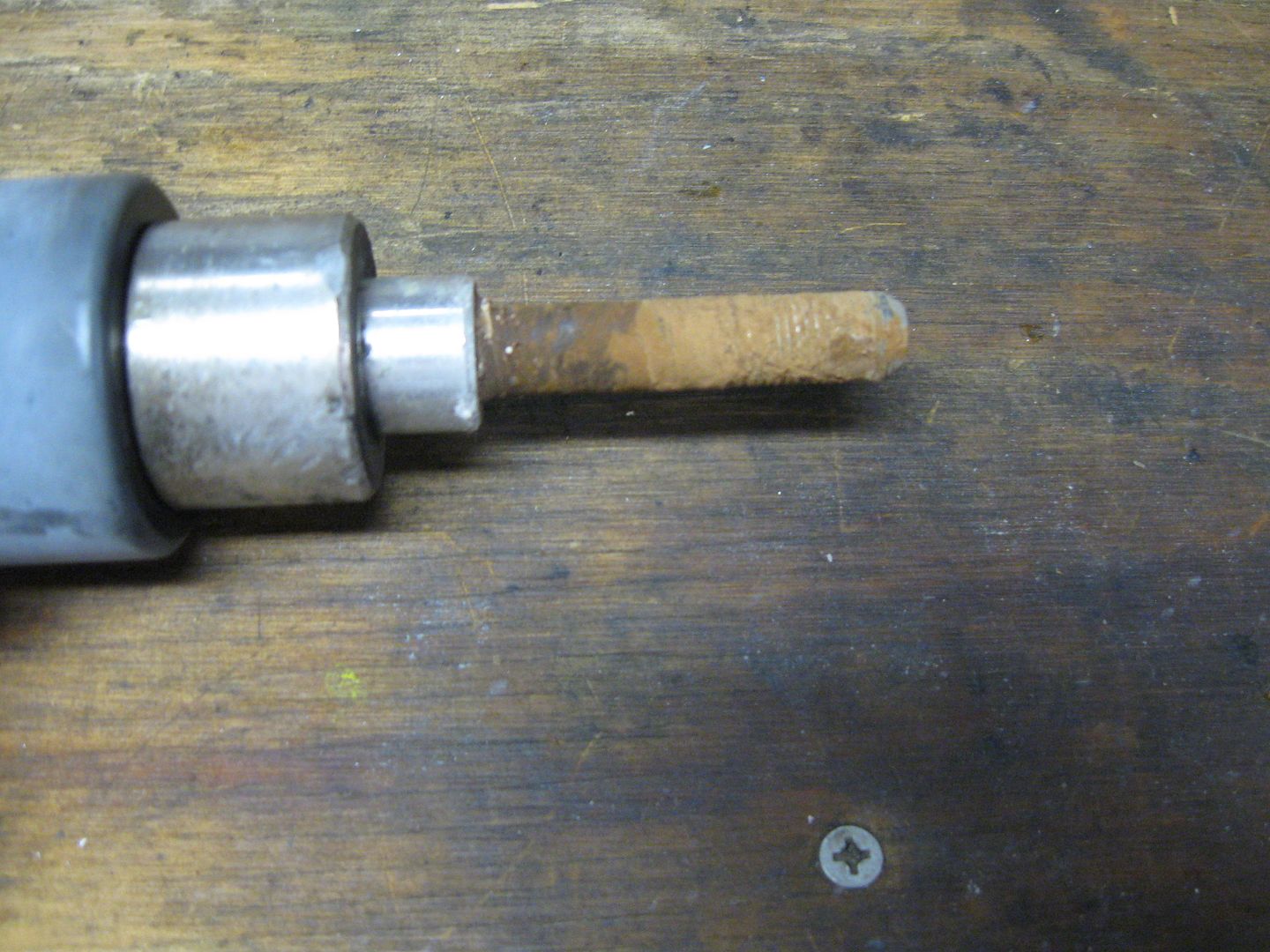I'm curious why the FJR designers didn't use the frame as a return path for many of the electrical circuits.
They have a few circuits using the engine crankcase as a return -- starter motor, oil level switch, and gear indication.
On my Honda car the battery negative terminal connects directly to the nearby body sheet metal. That one large conductor is the only connection to the negative battery post.
I don't understand why they chose a negative return bus with all the daisy chained mechanical splices and their potential problems over a network of strategic connections to the frame?
Maybe there's more potential for corrosion affecting frame connections over a separate enclosed bus?
They have a few circuits using the engine crankcase as a return -- starter motor, oil level switch, and gear indication.
On my Honda car the battery negative terminal connects directly to the nearby body sheet metal. That one large conductor is the only connection to the negative battery post.
I don't understand why they chose a negative return bus with all the daisy chained mechanical splices and their potential problems over a network of strategic connections to the frame?
Maybe there's more potential for corrosion affecting frame connections over a separate enclosed bus?




